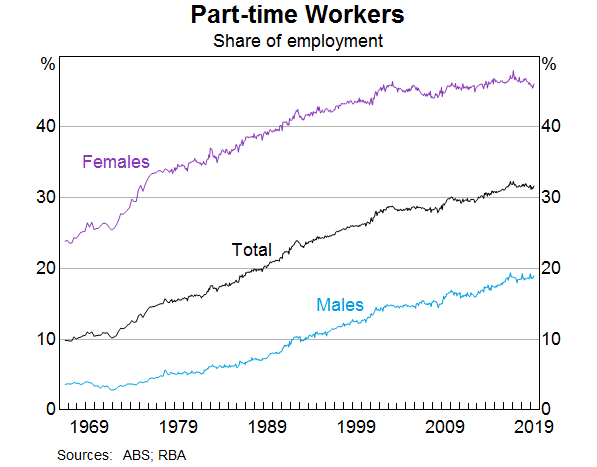The labour market is fundamental to the RBA's three key objectives: RBA Governor Philip Lowe
The RBA Governor Philip Lowe has said the labour market is key to the three key objectives that the RBA has held for the last six decades.
Speaking at the Committee for Economic Development of Australia (CEDA) event, Lowe cited the three broad monetary policy objectives when the Reserver Bank Act was passed 60 years ago.
They were the stability of the currency, the maintenance of full employment and the economic prosperity and welfare of the Australian people.
"These objectives have remained unchanged since 1959," Lowe said.
He said that where other nation's will have focused solely on inflation, Australia have had a three aim approach.
He added however that from operational perspective the flexible inflation target is the centre piece of the monetary policy framework.
"The target – which has been agreed to with successive governments – is to deliver an average rate of inflation over time of 2–3 per cent.
"Our focus is on the average and on the medium term."
Lowe said it was obvious to see the labour markets connection with the second objective, full employment, however it was important in the other two objectives.
"Trends in the labour market have a major bearing on inflation outcomes, so they are important for the first element of our mandate [the stability of our currency] as well.
"The labour market is, of course, also central to the third objective in our mandate – our collective welfare," Lowe said.
"It is stating the obvious to say that for many Australians, having a good job at a decent rate of pay is central to their economic prosperity.
"The RBA is seeking to achieve the lowest rate of unemployment that can be sustained without inflation becoming an issue.
Lowe suggests there is still spare capacity in the labour market.
"Over recent times there has been a gradual accumulation of evidence which has led to lower estimates," Lowe said.
"While it is not possible to pin the number down exactly, the evidence is consistent with an estimate below five percent, perhaps around four and a half percent.
"Given that the current unemployment rate is 5.2 per cent, this suggests that there is still spare capacity in our labour market.
In the 1960s, less than one in ten workers worked part time (below). Today is it one in three.

